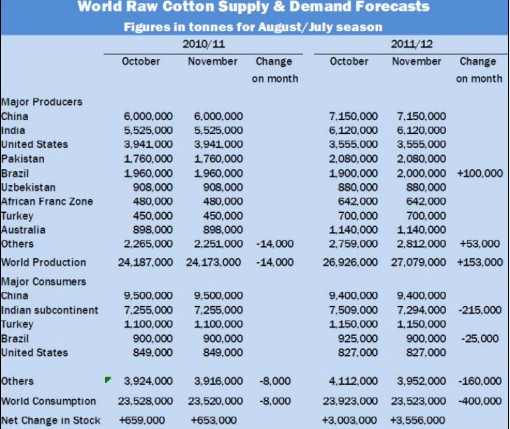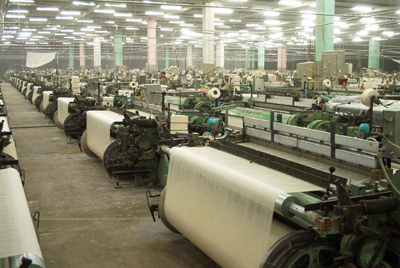|
Asia¡¯s ability to stay resilient amid the West¡¯s economic troubles is slowly waning. Within the last few weeks, however, cracks have emerged in the region¡¯s mighty economies, and analysts and policy makers have become more concerned about the painful disruption that could spill into Asia as the situation in Europe continues to deteriorate and the United States¡¯ growth remains subdued. Exports from Asia have been softening for months as demand in Europe, in particular, has slowed. Although many countries depend less on exports than they once did, the sector remains crucial for economies like those of Taiwan and South Korea and for the small, open economies of Hong Kong and Singapore, economists say. ¡°The potential risks for Asia have increased¡± as the European crisis has moved beyond small peripheral economies like Greece, enveloping larger countries like Italy, Spain and even France, said Frederic Neumann, co-head of Asian economic research at HSBC in Hong Kong. The spreading economic troubles were underscored Wednesday when a closely watched gauge showed Chinese manufacturing contracting. The reading, published by HSBC, dropped from 51 in October to 48 in November, the lowest level in nearly three years and much lower than economists had expected. A reading of 50 is the line between expansion and contraction. The decline fanned worries about the spillover of the West¡¯s problems into Asia. But it also reinforced nervousness about the effect in the opposite direction: the West increasingly needs a strong Asia to buy its goods as consumers elsewhere stay on the sidelines. ¡°Europe is now where the United States was three years ago: The economic contraction is only just beginning,¡± said Pranay Gupta, chief investment officer for the Asia-Pacific region at ING Investment Management in Hong Kong. So far, the economic pain in Asia has been relatively muted, and much of the region remains on course for strong growth. The Chinese economy is set to expand 9.5 percent this year, according to projections from the International Monetary Fund in September. India is expected to grow 7.8 percent, Indonesia 6.4 percent, and many other Southeast Asian nations more than 5 percent, the I.M.F. estimates. Those figures, however, are generally below the growth rates seen in 2010, and are likely to ease off further next year, the I.M.F. and most economists say. Reacting to the worsening global environment, Indonesia and Australia have lowered interest rates in recent weeks. Most other central banks in the region have put off rate increases that seemed likely only months ago fears about growth replace inflation concerns. In Japan, the pain has been compounded by the results of the devastating earthquake and tsunami in March and by the persistent strength of the yen. Fanned by the economic difficulties in other parts of the world, the currency¡¯s rise has made Japanese goods more expensive for shoppers abroad and has helped dent exporters¡¯ profits. With interest rates already at rock bottom, the government has resorted to direct intervention in the currency markets ¡ª selling yen for dollars ¡ª four times in little more than a year in its effort to weaken the yen. In the financial sector, meanwhile, banks like HSBC, UBS and Nomura are cutting jobs around the globe. And although many banks would like to grow in the Asia-Pacific region, financial centers like Hong Kong and Singapore have not escaped the hiring freezes and job cuts. ¡°There are still pockets of hiring in the Asian financial sector, but it has got a lot tougher in recent months,¡± said Matthew Bennett, managing director at the recruitment firm Robert Walters in Hong Kong. With the crisis in the euro zone spilling into ever-bigger economies, the worry now is that the ripples into Asia could grow. Analysts have begun to fret that beleaguered European banks could sharply scale back their lending to Asia and other emerging markets as they adjust to tighter capital rules that are to be introduced next year. Overall bank lending remained stable through the first half of 2011, the World Bank wrote in a report on the economies of East Asia, released Tuesday. Any sudden shutdown in credit markets, of the sort that happened after the collapse of Lehman Brothers in September 2008, would have painful repercussions for Asia. In the six months after that crisis, the World Bank said in its report, international banks reduced their exposure to companies in developing East Asian countries by $36 billion. ¡°Asia¡¯s financial systems overall have sufficient liquidity to finance more growth and could step into the breach. But if European banks were to withdraw lending from the region, that would be highly disruptive, as it would take some adjustment time before lending shortfalls are bridged,¡± said Mr. Neumann of HSBC, adding that growth in Asia had also become more dependent on credit in recent years. The ability of companies to raise cash via the capital markets has already been crimped. Asian stock markets have largely shrugged off the region¡¯s favorable economic fundamentals this year and have fallen sharply. The key indexes in Hong Kong, India and Taiwan are all down about 20 percent since the start of this year; that is more or less in line with the Euro Stoxx 50¡¯s performance. Proceeds from stock market debuts in the Asia-Pacific region have likewise tumbled, to about $74 billion so far this year, compared with nearly $159 billion during the same period last year, according to data from Reuters. Despite all that, however, many economists and investment strategists say they believe that the region as a whole remains relatively well positioned. Hiring outside the financial sector ¡ª especially in retail, consumer goods and hospitality ¡ª remains dynamic, headhunters like Mr. Bennett report. Unemployment rates across the region are far below those in the West (3.3 percent in Hong Kong, for example; 3.1 percent in South Korea; 5.2 percent in Australia ¡ª compared with 9 percent in the United States and 10.2 percent in the euro zone), so consumers remain willing to spend. Rising affluence also has turned populous nations like China, India and Indonesia into major markets for goods, helping to make up for some of the demand drop-off from Europe and the United States. Moreover, most Asian economies, with the exception of Japan, do not have sovereign debt like that weighing on Europe and the United States. For example, the yield on 10-year bonds issued by Indonesia is now below those of Spain and Italy, a previously almost inconceivable situation that shows how confidence levels have shifted. www.nytimes.com
|
|
Economic Trouble in the West Shows Signs of Catching Up With Asia
Updated: 2011-11-24 Source: www.nytimes.com

Recommended News
Photo Gallery
Most Popular



